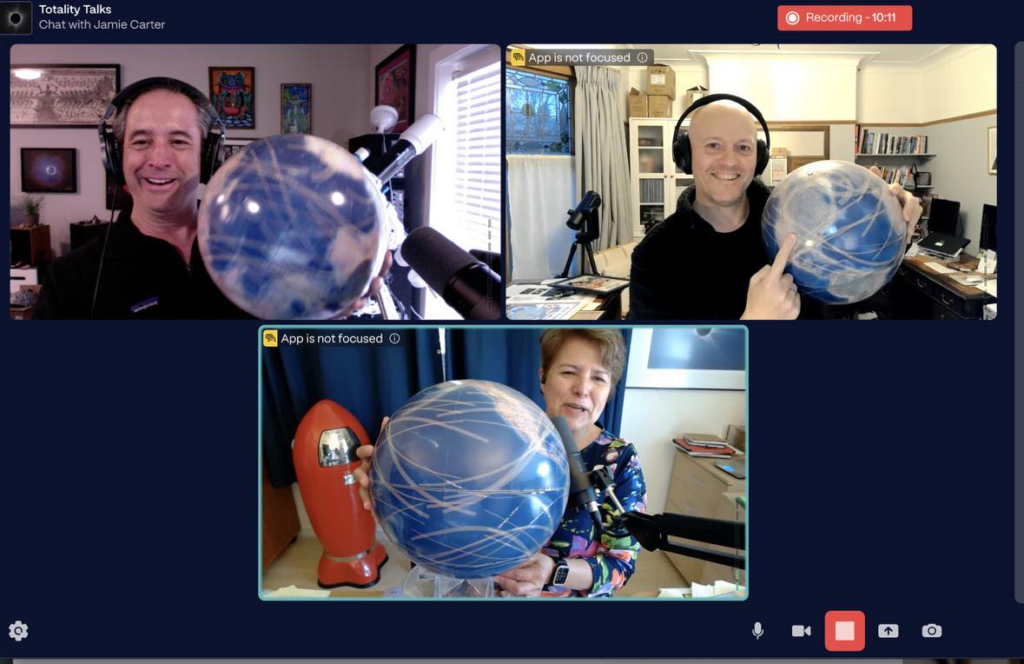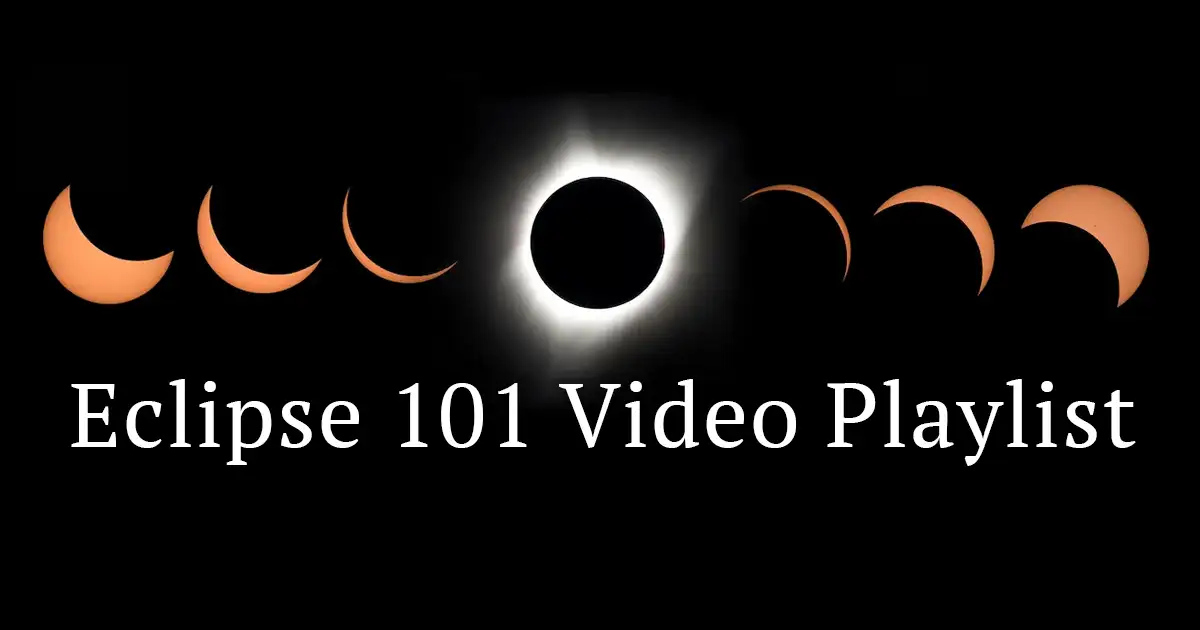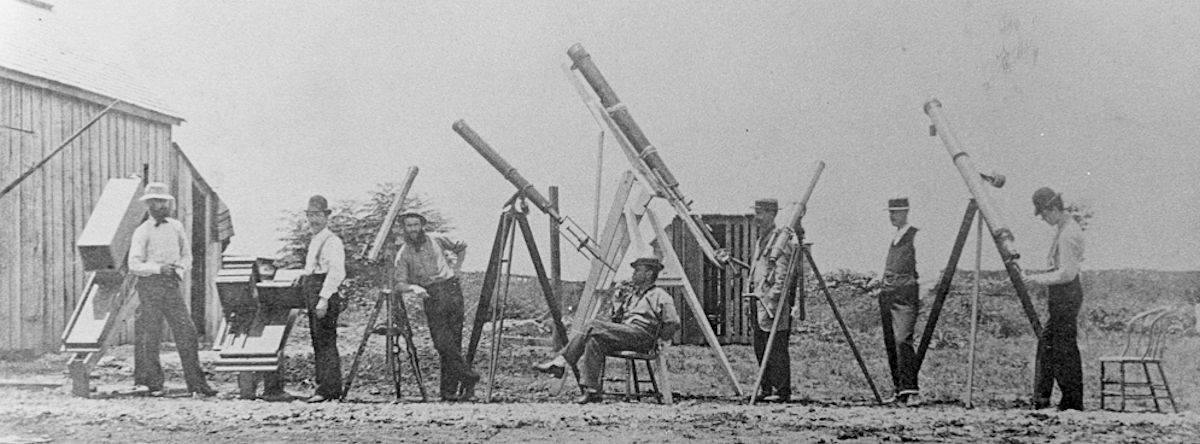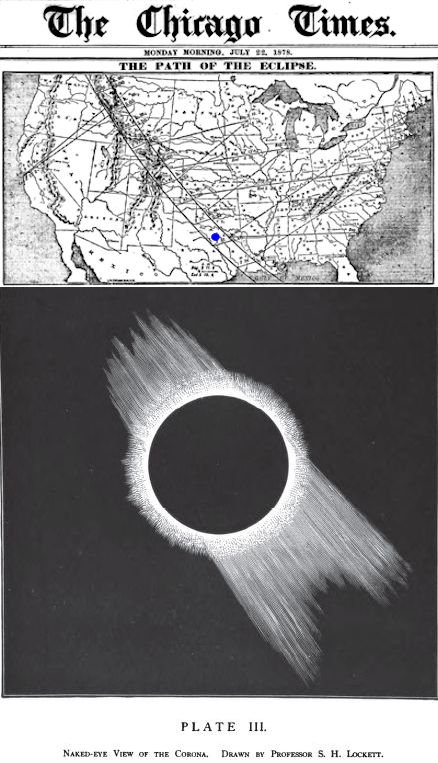Interview with Janet Shamlian, CBS News
Janet Shamlian with CBS News interviewed me about my Totality Addiction – 20 eclipses and counting.
I hope my messages of “Get into the Path” and “No Child Left Inside” make it into the broadcast. Look for this from CBS in the week leading up the Texas Solar Eclipse on April 08 2024.

Our Interview with Jamie Carter
Our interview with Jamie Carter is out. We had a great moment, when I went off to get my “Eclipse Globe”, then Jamie and Chris also pulled out their globes.
One of the advantages and addictive parts of Total Solar Eclipse chasing is planning for the next ones and seeing all the cool places on earth.


Eclipse 101
This is a compilation of my favorite instructional videos explaining what a Solar Eclipse is.

144 years since the last Great Eclipse crossing Texas on July 29, 1878.

Today it is 144 years since the last Great Eclipse crossed Texas on July 29, 1878..
It was the first Total Solar Eclipse was July 29, 1878, since Texas’s founding in 1836. The first time TEXANS experienced a Total Solar Eclipse. Solar Eclipses, both Annular and Total, are as rare in Texas as they are anywhere. The upcoming Total Solar Eclipse of April 08 2024 is only the 3rd Total Solar Eclipse to touch Texas Soil. The other one being on May 28th, 1900 which only crossed the southern tip of Texas and was clouded out.
The July 29, 1878, Total Solar Eclipse path started in Russia, came north through Alaska, through Western Canada, and hit the US starting in the territories (not states) of Montana and Wyoming, through the state of Colorado, the territory of New Mexico, Indian Territory (now Oklahoma), and the state of Texas, ending just before Puerto Rico in the Caribbean. There were scientific parties across the US that day studying the eclipse. Most of them were in the other states of Montana, Wyoming, and Colorado.
Fort Worth, Texas on the frontier, was the centerline for this eclipse. Economically Texas and especially Ft Worth was booming. Progress and strong city leadership made Ft. Worth an attractive option for the eclipse. One reason, Ft Worth had a new railroad station, the train finally arrived in 1876. The Railroad was making Ft. Worth a financial powerhouse. However, Ft. Worth was still the Wild West, where guns were worn as a necessity for defense not only from other men but from the common rattler and other critters. It was a small town with grand ambitions. It had nine churches, nine schools, two militia units, and a dozen physicians. With the economic boom based around cattle and railroad, the town also hosted the infamous “Hell’s Half-Acre,” a designated “Red-Light District.”
To this Wild West Town, a scientific party of five, led by Mr. Leonard Waldo, of Harvard College Observatory arrived to study the eclipse. You can find his report of the eclipse on Amazon or Goodreads, links below this post.
I really enjoyed reading the report. Several things popped out to me when reading.
- The size of the expedition’s equipment, which was carried to the final location on several mules. Although I do know a few current eclipse chasers, such as Milo Slav Druckmuller, who do travel with a team and several vehicles full of equipment.
- Professor Waldo’s very common human reaction when seeing the eclipse. You get lost in the moment, his words, “Just as the time-keeper called two, however, I noticed that I had forgotten to remove my shade-glass, which I now immediately did, regretting that I had lost 15 seconds of precious time.” Professor Waldo had spent months preparing for this moment, his report tell of the drills they ran in preparation. But the experience overwhelmed him.
- The amount of time that Waldo and his team had to spend to determine their location by looking at the stars and aligning their location with Sextants.
- The fact that Waldo did not know what time it is. He or a member of his team spends several evenings trying to get a telegraphic “signal” back to the Washington Observatory in D.C. to set his watch.
- The citizen science that took place. Waldo and his team had help from those in Ft Worth and with the help he garnered during his travels, he included the reports from these citizens in McKinney, Allen, and Dallas. He set up a ‘class’ and gave instructions on how to draw the eclipse to several other citizens, who help with viewing the event.

In comparing my travels to what Waldo and the team did to see the eclipse I see the following similarities and differences.
- I am doing 30 hours on transport to get to Exmouth Australia for the April 20, 2023, Total Solar eclipse, Professor Waldo did the same traveling a couple of days by train.
- The camera equipment I have on my phone, far exceeds what was available at the time.
- I still get lost in the moment and forget to remove a cover or aim properly.
- I do know where I am and what time it is.
- Citizen science remains strong as experienced by those in the USA’s last Total Solar Eclipse of August 21, 2017.
If you’d like to read more about this expedition, you can get Professor Waldo’s report on GoodReads or Amazon. Also, there is a great online write-up by a local Ft Worth writer at the website Hometown by Handlebar, History Was Made in the Shade When “Scientists Scooped Old Sol in Pantherville”, the link is below.
Clear Skies,
Leticia Ferrer
July 29, 2022
Report of the Observations of the Total Solar Eclipse, July 29, 1878, Made at Fort Worth, Texas, Ed. by L. Waldo
Amazon: https://amzn.to/3Sel852
GoodReads: https://www.goodreads.com/book/show/26665544-report-of-the-observations-of-the-total-solar-eclipse-july-29-1878-ma
History Was Made in the Shade When “Scientists Scooped Old Sol in Pantherville”: https://hometownbyhandlebar.com/?p=26302
